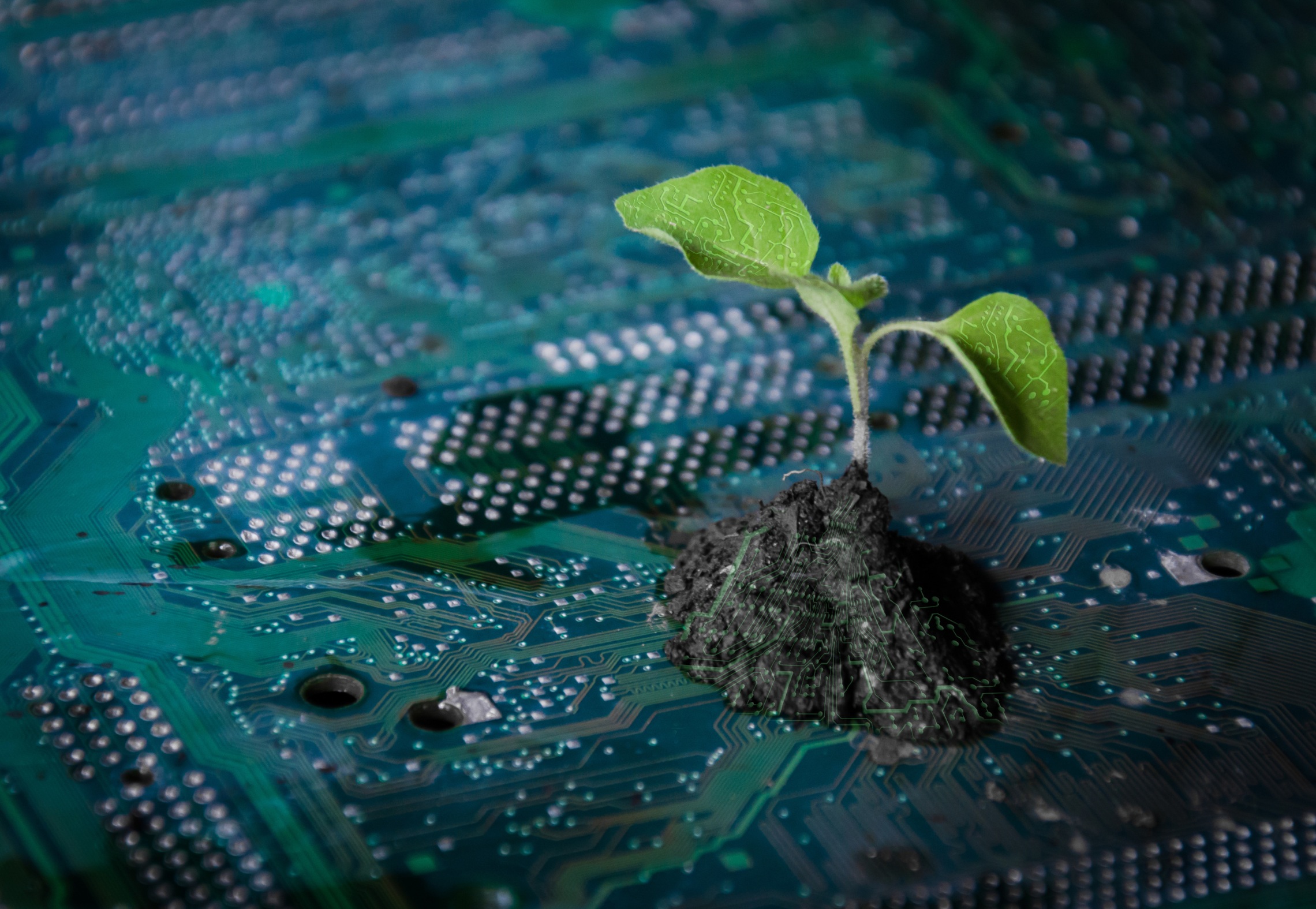In the pursuit of innovation, the modern textile industry turns to the most unexpected sources of raw materials. Substances far removed from traditional fabric concepts are becoming the basis for experimental materials. Some of these experiments have proven so successful that they’ve introduced unusual fabrics already being used in fashion and design today.
Fabric from Orange Peels: Citrus Chic
.png) Orange Fiber is one of the most famous projects focused on creating textiles from oranges. The technology originated in Italy and is based on processing the pulp left after juice extraction.
Orange Fiber is one of the most famous projects focused on creating textiles from oranges. The technology originated in Italy and is based on processing the pulp left after juice extraction.
How it works:
- Cellulose is extracted from orange pulp;
- The cellulose is spun into threads with properties similar to silk;
- The result is a soft, lightweight, and shiny fabric.
Orange Fiber is already gaining well-deserved popularity in fashion and is actively used in the collections of major fashion brands.
In addition to its uniqueness, the material has several advantages:
- Eco-friendliness – it uses a by-product of the food industry;
- Biodegradability – both the material and its production waste do not pollute the environment;
- Elegant appearance – the fabric resembles silk and drapes beautifully.
Milk Fabric: Protein-Based Textile
Yes, fabric can really be made from milk. Its base is casein – a protein found in skimmed milk. This technology was already known in the early 20th century but has been reimagined today in the context of sustainable fashion.
The production process of milk-based textile includes:
- Milk is skimmed and dehydrated;
- Casein is extracted from the resulting material and formed into fibers;
- After treatment, the fibers acquire textile properties.
Features of milk fabric:
- It is extremely soft, similar in feel to cashmere;
- Protein-based textiles have antibacterial properties;
- This fabric is hypoallergenic and absorbs moisture well.
Milk fabric is perfect for sewing underwear, baby clothing, and textiles for people with sensitive skin.
Seaweed as a Textile Base: The Power of the Ocean
.png) An alternative to cotton, sourced from the ocean floor – SeaCell. This material is made from seaweed grown in environmentally clean areas.
An alternative to cotton, sourced from the ocean floor – SeaCell. This material is made from seaweed grown in environmentally clean areas.
The production process of seaweed-based textiles includes:
- Seaweed is dried and ground;
- Cellulose is extracted;
- The fibers are blended with other materials (such as modal or bamboo).
Advantages of this type of fabric:
- The fabric is rich in skin-beneficial minerals;
- It has antiseptic properties;
- SeaCell textiles are lightweight, breathable, and dry quickly.
SeaCell is actively used in the production of sportswear and loungewear, as well as in cosmetic textiles – such as sleep masks and pillowcases.
The Importance of Unconventional Approaches in Textile Production
 Creating fabrics from unconventional raw materials is not just a fashionable trend – it’s a real step toward a sustainable future. These materials:
Creating fabrics from unconventional raw materials is not just a fashionable trend – it’s a real step toward a sustainable future. These materials:
- Reduce food and agricultural industry waste;
- Require no harmful chemicals during production;
- Are biodegradable;
- Open new doors for creative design.
Textiles made from oranges, milk, and seaweed are no longer science fiction – they are part of our present reality. These materials combine aesthetics, comfort, and ecological awareness. Perhaps in the near future, they will take their rightful place in every wardrobe and interior. For now, they inspire us to rethink the very concept of fabric.
We read HERE about textile and progress.
